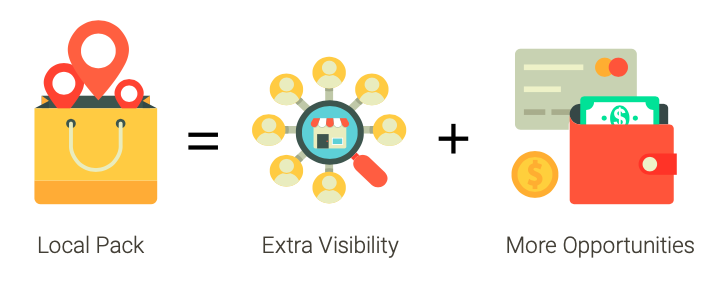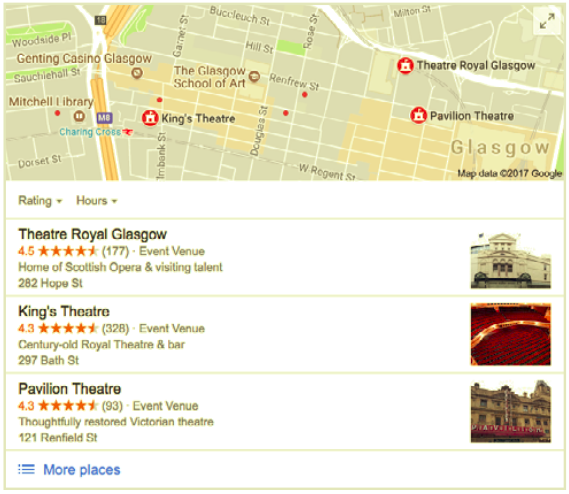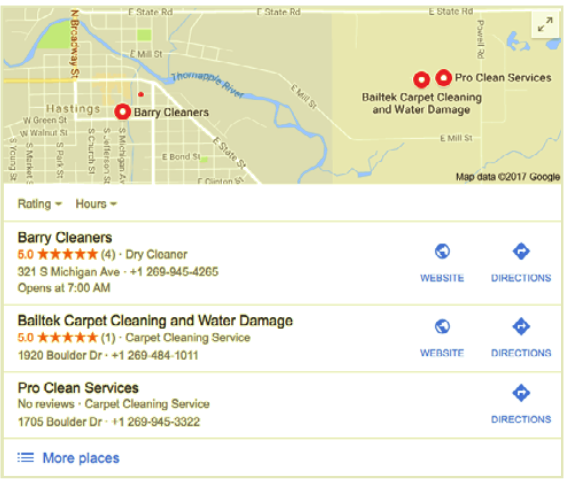Customers are more web-savvy than ever and have become accustomed to all the amenities and options that big companies offer online. But don’t let this discourage you as a small business owner. Designing a focused, well-curated, and customer-oriented website will engage your customers organically.
Mistake #1: Creating a bare-bones website
Simply having a template with a single page is a good place to start but is not going to get you the results you want. Work to build and design a site that guides your users through a customized and seamless shopping experience. A homepage should clearly display your company title, logo, and what it does.
The design should reflect your brand and value-add. Displaying products, prices, and contact information is essential, but so is an “About Us” page that shares more about your company’s mission, founding story, and the people who make your business special. A website can bring your business to life just as much as any brick-and-mortar.
The look and messaging should be consistent throughout the website pages, designed to engage customers via clear call-to-actions. While beautiful design is important, a business website’s primary goal is to initiate business transactions. Display prices clearly with clear call-to-actions, be they “Shop Now” buttons or Contact Us forms.
Mistake #2: Info overload
Thanks to innovations in web design, even small businesses can leverage contact forms, call-to-action buttons, chatbot messengers, and pop-ups. But it’s equally harmful to jam-pack everything on a single page and overwhelm the user. It’s the equivalent of sending five sales associates to a customer who has just walked through your business’ front door.
Avoid adding too many calls to action or cluttering your website with information that makes it difficult to navigate. Dump irrelevant images and wordy descriptions. Keep your website clean and organized, so the user can focus on your product and service, as well as what makes your business so special.
Mistake #3: Treating great web design as an afterthought
Think about adding vibrant and attractive images of the products you sell or your store itself. Think about having good mobile versions of your images, including images for retina display. Think about all the website design details such as the color, layout, and typography, which should all reflect your brand’s personality. Appearing off-brand, unprofessional, or having a poorly designed homepage will push customers away (and to the next website). Great web design is a must.
Mistake #4: Fearing the concept of search engine optimization
Don’t let SEO intimidate you as a small business owner. It doesn’t matter how beautiful your new website is, if search engines can’t find it, then your customers won’t find you.
Ensure your website is well optimized to increase its visibility online, which is a competitive and cluttered world. The key to driving traffic is ensuring you have a short, brandable and easy-to-remember domain name. A memorable domain makes it easy to share your website via word-of-mouth and for your customers to do the same.
Mistake #5: Not building a seamless checkout experience
Online shoppers have high expectations these days. With a cart abandonment rate of 75.6% on average, there should be an easy and fast checkout process where payment allows buyers to buy quickly and directly from the product page, without redirecting to a separate page. You must also make sure this seamless experience transfers to mobile users. It is worth investing in a professional designer to accomplish this.
Including multiple payment options is also very important for an easy checkout process. Of course, allow for all major credit cards, and other systems like PayPal, Google Pay and Apple Pay. Having multiple payment options is crucial for success.
The future of business is online, and whether you’re starting out as a new business owner, or an established business looking to pivot into the online world, there’s never been a better time to bring your business online then now. Why not take the first step today?




